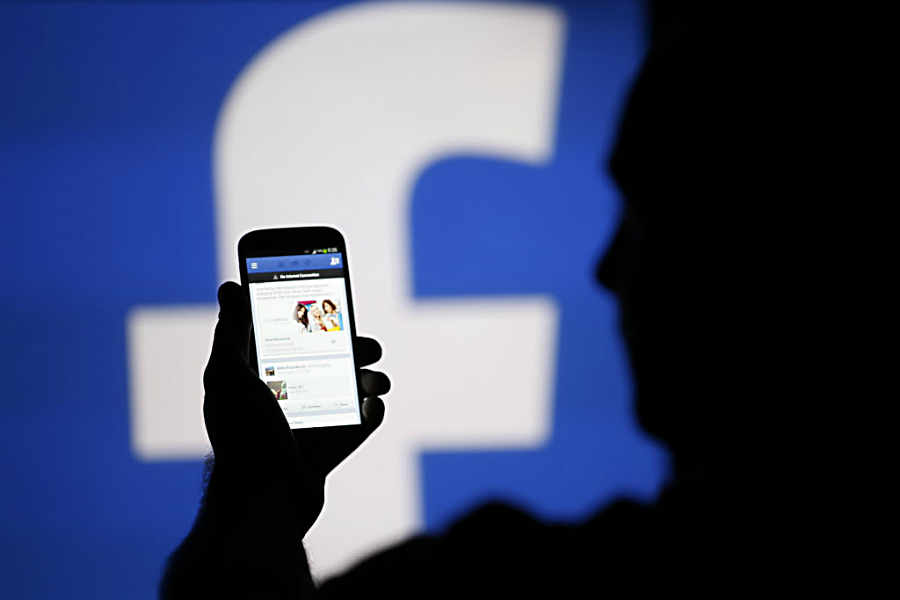How Facebook's 'Messenger Day' wants to challenge Snapchat
Loading...
Facebook is once again trying to be every social media platform rolled into one.
The social media giant has started testing a Snapchat Stories-like feature called “Messenger Day” through its classic Messenger app in Poland. The feature allows users to share filter-laiden images and videos that self-destruct after 24 hours with their Facebook friends.
“We know that people come to Messenger to share everyday moments with friends and family,” Facebook told TechCrunch. “In Poland we are running a small test of new ways for people to share those updates visually. We have nothing more to announce at this time.”
In the United States, Facebook users might see the test for what it is, an obvious attempt to copy Snapchat’s model, but in Poland Snapchat never caught on and so Facebook does not run the risk of annoying users. The strategy also allows Facebook to capitalize on the international popularity of its Messenger app and make it the place people go to post spontaneous content before they are introduced to Snapchat.
Similarly, Instagram also recently added a stories feature, which has done best in countries such as Russia, where Snapchat is not widely used.
Messenger Day is similar to Instagram's take on stories, with a row of tiles representing the daily stories of different friends appearing at the top of the existing messenger app screen. When making a new Messenger Day entry, users can pick from different categories of filters including “I’m Feeling,” “Who’s Up For?” and “I’m Doing” to describe their day.
Facebook bought in Instagram for $1 billion in 2012 in an effort to recapture the audience of young teens drawn away from traditional social media such Facebook to more image-based platforms. A year later, it tried to buy Snapchat for three times that, but the purchase offer was turned down. Since then, Facebook has been attempting to emulate Snapchat's simple yet wildly successful features.
First it was Slingshot, and independent app the Facebook made to allow users to send self destructing photos to multiple friends in a group message. However, the app never caught on and it was removed from the app store last year.
Facebook has also tested a variety of other semi-permanent content including status updates that only appear in the newsfeed but don’t end up permanently attached to a user’s profile, messages that disappear after an hour, and a stories feature on its regular app, as opposed to Messenger. But none of these features have been rolled out to a wider audience.
Through Messenger Day, and its many other attempts to channel Snapchat, Facebook is attempting to fight the social pressures that have developed in the community where it is only acceptable to post the most inoffensive content and users hold back from posting too frequently.
Instagram had a similar goal when it launched its Stories feature in July.
“Our mission has always been to capture and share the world’s moments, not just the world’s most beautiful moments,” Kevin Systrom told The New York Times. “Stories will alleviate a ton of the pressure people have to post their absolute best stuff.”






